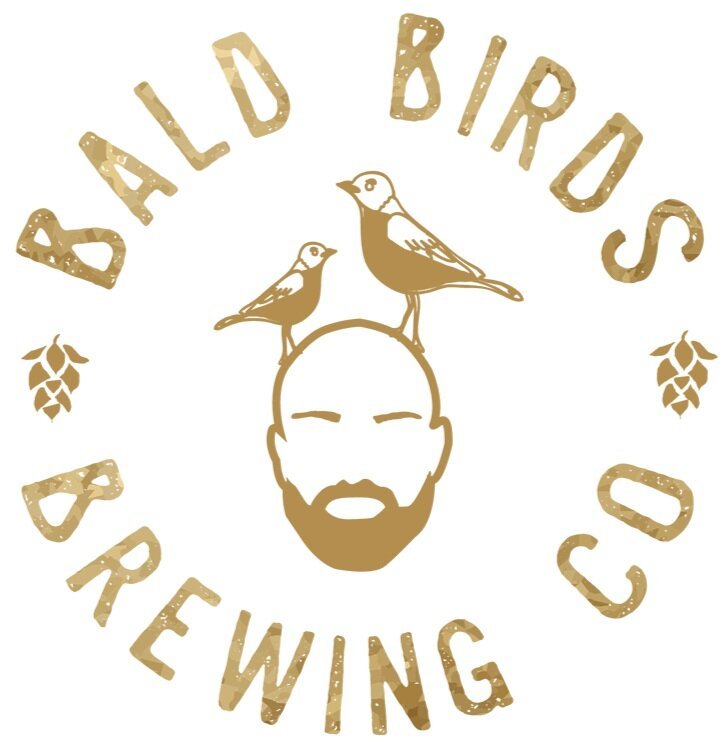A turtle is crossing the road, and he’s going to get hit!
OR, I FOUND AN INJURED TURTLE
If you’ve found a turtle with an obvious injury, call us (267)-416-9453 to determine the next course of action.
Healthy turtle crossing the road:
1) Directions: Turtles are very territorial; WHEN HELPING A TURTLE CROSS THE ROAD, MOVE IT IN THE SAME DIRECTION IT WAS HEADING. If you do not, it will turn around across the road again.
2) Handling a turtle: Grip smaller turtles with BOTH hands on each side of its shell between the front and back legs.
NEVER relocate a turtle to a new “better” location. Turtles, especially the Eastern Box turtle, have very strong homing instincts and remain in that small habitat for their entire (long) lives. Their “home range fidelity” will ensure that an attempted relocation will place them again in harm’s way, leading to death.
Snapping turtles are able to reach around and bite and should be handled very cautiously. With a little ingenuity you can move a larger snapping turtle by grasping it from the back portion of its shell and carefully moving it onto a piece of cardboard or a mat from your car. This way you can more easily and safely “pull” the turtle to the other side of the road without harming it.
Healthy turtle on my property:
Leave it be. Turtles, especially the Eastern Box turtle, have a very strong homing instinct and keep close to home for their entire (long) lives. NEVER relocate a turtle to a new “better” location. Their “home range fidelity” will ensure they will constantly try to get back to the place they know and they will likely die of starvation if removed.
Again, when in doubt, you can always call to get our expert advice (267-416-9453).


















